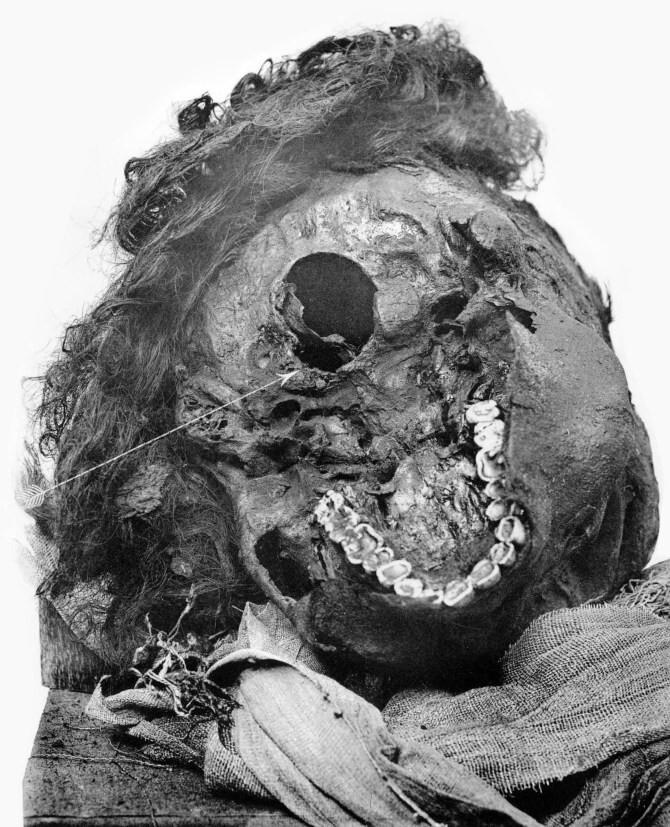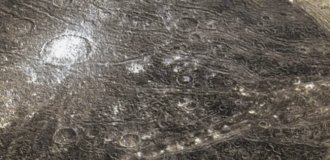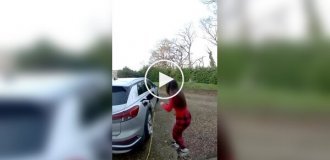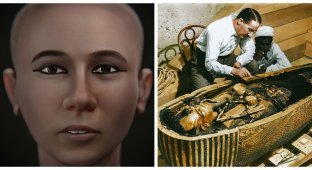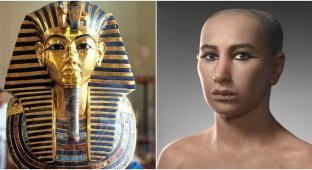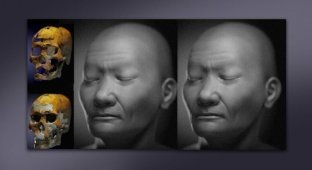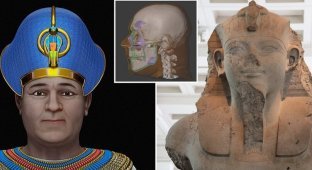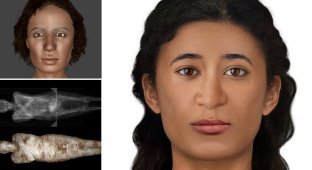Scientists have shown what Pharaoh Sekenenre the Brave looked like (9 photos)
Experts have recreated the appearance of a pharaoh who was brutally murdered 3,500 years ago. 40-year-old Seqenenra Taa II, also known as the Brave, died either in captivity or on the battlefield while attempting to liberate Egypt from the Hyksos in 1555 BC. 
A team of archaeologists from Australia's Flinders University pieced together the warrior's face using CT scans and X-rays of the mutilated skull.
Facial reconstruction also showed that a blow to the top of the head led to Taa's death. It is known that there were several attackers. 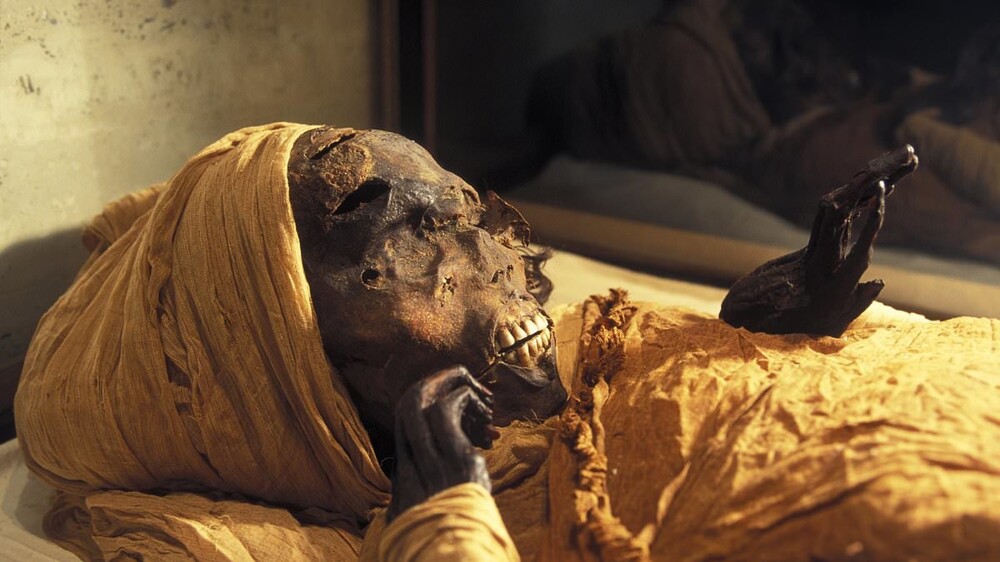
The team got to work by drawing a digital profile of the ruler and making the skin color similar to that common among the ancient Egyptians. Taa's eye shape, eyelashes and eyebrows are also subjective elements. 
Open-brain images were then used to see how the ax killed the pharaoh. It turned out that the weapon had penetrated the superior sagittal sinus, causing bleeding. 
To establish the cause of death, scientists used information from previous studies: the first blow with an ax was struck in the right lower frontal lobe and left cheek. 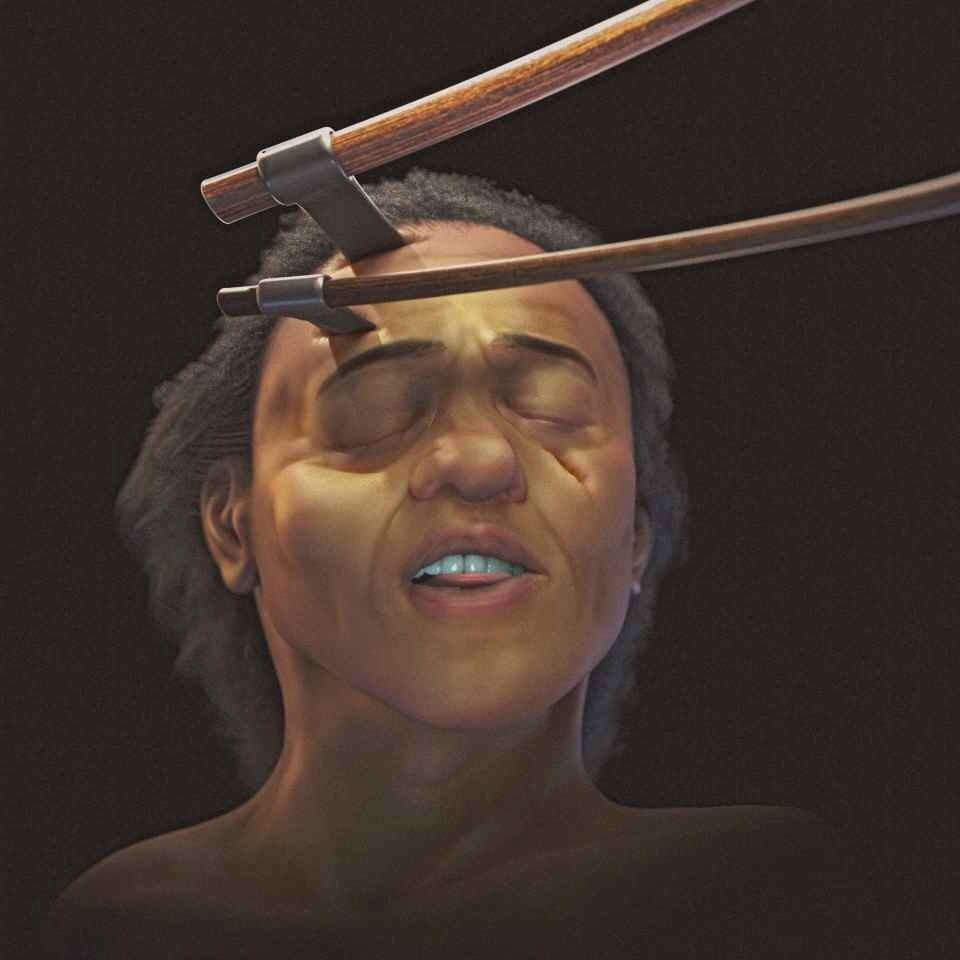
For post-mortem photographs, the team left his lips slightly parted and his tongue between his teeth due to some injuries and facial deformation. 
Gaston Maspero, a French Egyptologist, discovered the brave pharaoh among hundreds of mummies in a complex of mortuary temples and tombs at Deir el-Bahri in 1886. The scientist determined that Taa was slender, with a small, elongated head and black, thin and curly hair that remained on his mummified body. 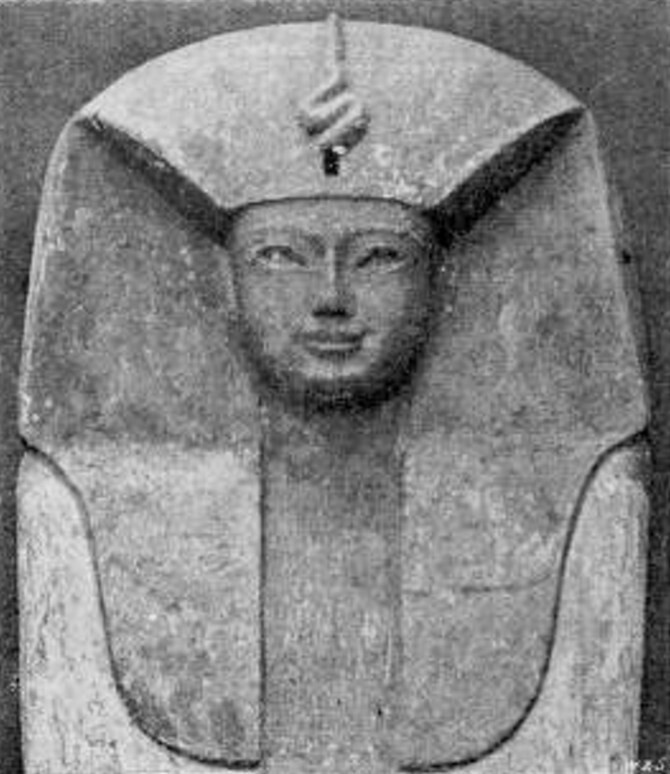
Seqenenre ruled in Upper Egypt with the main city of Thebes around 1560-1555. BC e., during the Seventeenth Dynasty. At this time, Lower and Middle Egypt was occupied by the Hyksos, a dynasty of Palestinian origin. Taa became the father of two pharaohs - Kamose, his immediate successor, and Ahmose I, who ruled after his mother's regency. 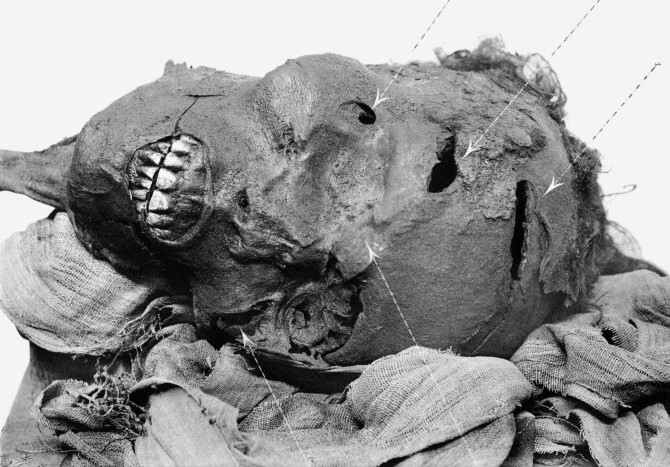
Egyptologists James Harris and Kent Weeks, who conducted a forensic examination of Taa in the 1960s, said that the moment the box was opened, a “fetid, oily smell” filled the room. This was explained by the fact that bodily fluids remained in the mummy. Experts suggested that the pharaoh's mummification was hasty. 